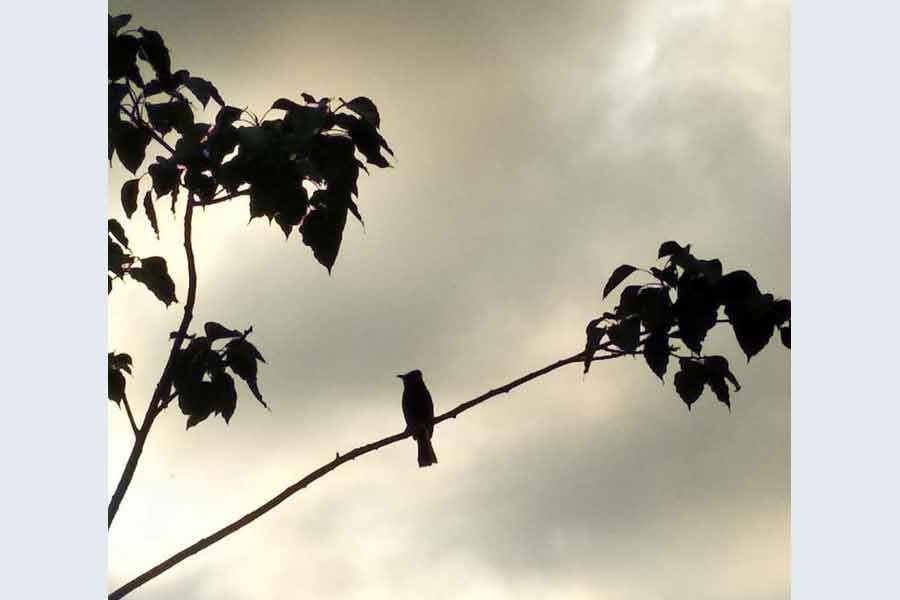Except the restless scurrying of hundreds of birds at early dawn in the city's leafy trees, the small avians are a rare sight in Dhaka. In the morning, they chirp collectively till 6 to 7 AM. Throughout the rest of the day, trees in the downtown Dhaka remain mostly without birds. The presence of birds which can be encountered in the day is that of crows at the garbage bins and dumpsters. The reason the city trees remain bereft of many of the city's native birds during the long daytime is their fast dwindling in number. Normally by late morning, they get dispersed throughout the capital. Due to this reason, there are few single trees sheltering lots of birds at a time. The unpalatable truth is birds are fast being thinned out in Dhaka. And on a broader scale, this scene is found almost all over the country.
Only 30-35 years ago, Bangladesh was considered one of the countries rich with varieties of birds. Situated in the Himalayan foothills of the Indo-Gangetic plain, the Bengal region once boasted of an ecology having little resemblance to the rest of the sub-continent. Additionally, the flora and fauna of the eastern part of Bengal, today's Bangladesh, had similarity with those of the Southeast Asian and Near Eastern landscape and wildlife. All this has made the whole ecology of today's Bangladesh a distinctive one. It has resulted in the concentration of a number of species of wild animals and birds in a unique style in this part of the world.
Environmental degradation, climate change and widespread hunting have greatly accelerated the extinction of the once-abundant birds in the country. All this has resulted in the complete vanishing of many species of birds. They are now cornered in the closely guarded pockets located in the deep forests. If any of the avian creatures strays into localities, they are caught by the mainland people. Some are butchered for their meat; while others are handed over to bird trafficking racketeers. The overall situation of the birds indigenous to the country for ages has emerged as something alarming. In the Bangladesh rural areas, common water birds like various types of storks, cranes, kingfishers etc are fast disappearing. The mainland Bengal 'Dahuks', 'Ghugus', 'Harials' etc have long gone out of sight. The night birds like owl appear to have lodged in the fairy tales of modern times --- their ancient counterparts being 'Byangoma-Byangomis', 'Suk-Saris' etc. The plight of smaller birds is worse. The sweet warbling birds like 'Shalik', 'Chorui', 'Tuntuni', 'Munia' etc might last some more years. The times are not far when child learners will want to see these birds upon reading nursery rhymes about them.
Compared to the rural areas, the cities and towns of the country appear to be more ideal for the endangered birds to live and grow. The woodpeckers these days are seen in every tree-based locality in Dhaka. So are the 'Bulbulis', 'Tias' and occasional glimpses of mynahs. In the sky of Dhaka, 'cheels' could still be identified. Sights of vultures flying leisurely high above them make the wildlife activists happy.
To the heartbreak of wildlife conservationists, these isolated but encouraging glimpses of Dhaka might soon end up being mere delusion. But time hasn't run out. Before the cacophonously singing birds in the morning stop waking up the sleeping Dhaka residents, measures should be taken to keep them back in this city. Keeping the trees stand tall and lush is one of the imperatives. In order to ensure that birds do not desert Dhaka, felling of trees in the vast city should be stopped first. Given its capability to attract birds, the city can emerge as one of the most bird-friendly urban centres in the world.


